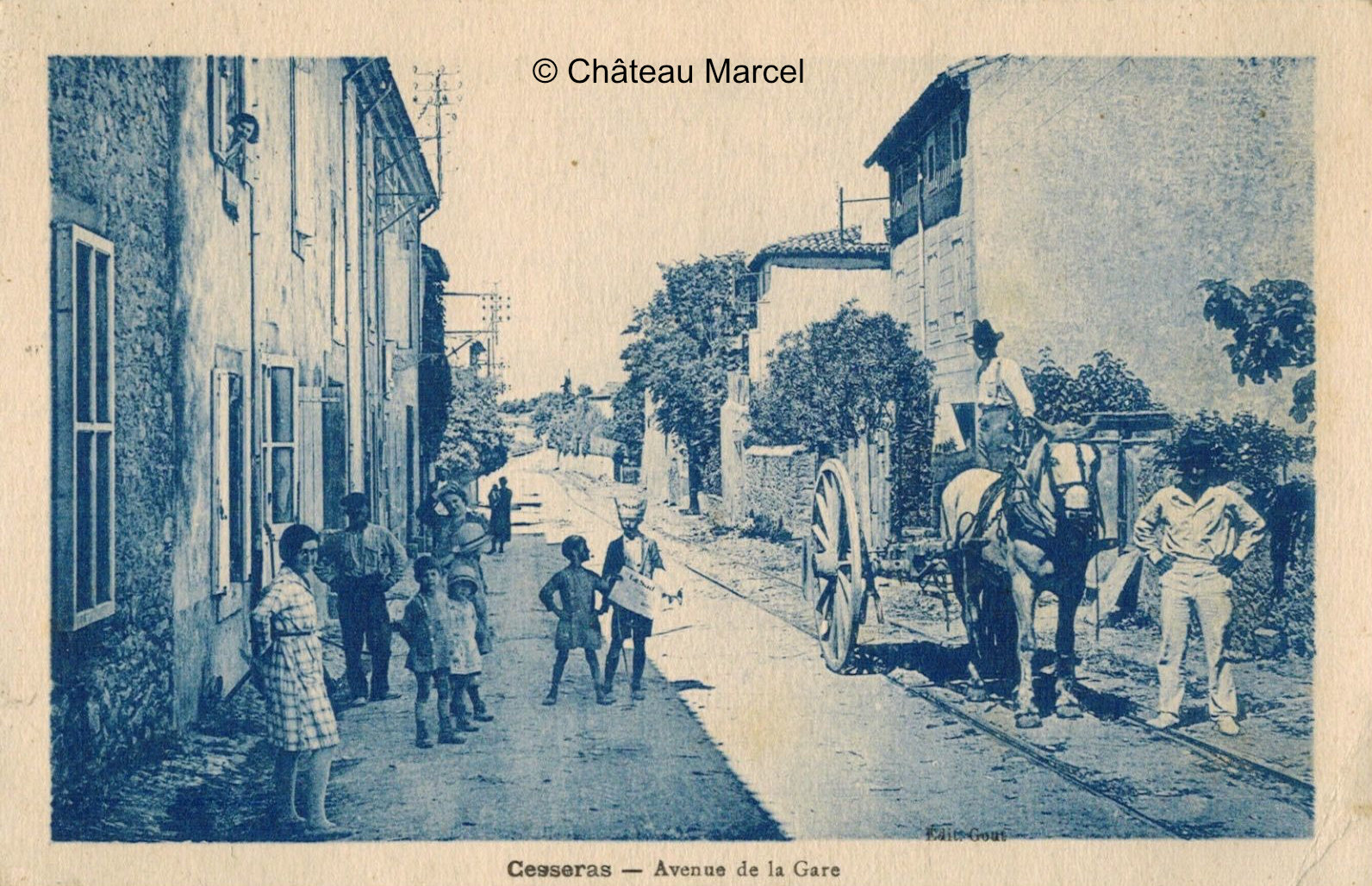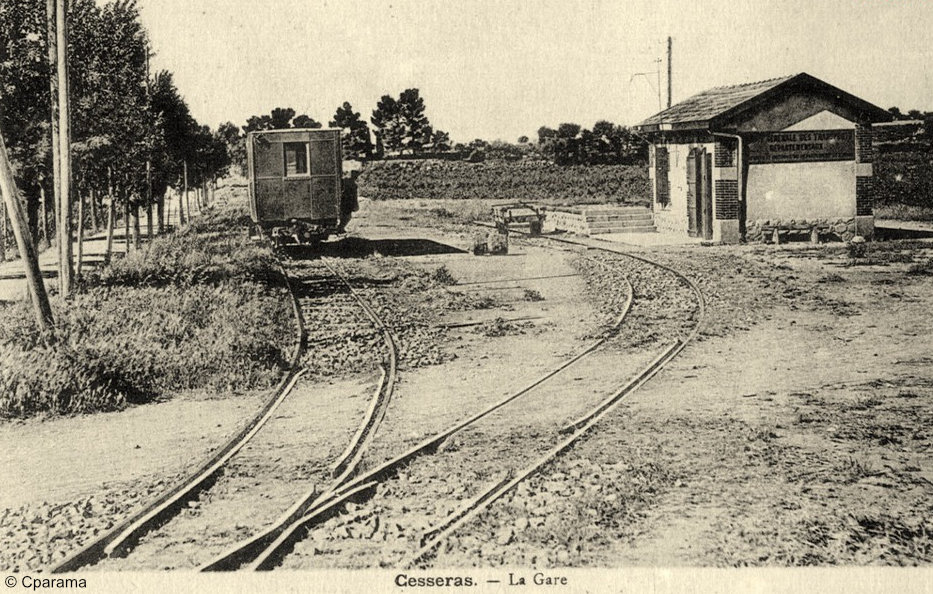HistorY OF Cesseras
Cesseras and its surroundings offer a multitude of opportunities to discover the region and our village.
Prehistory and Antiquity
- The territory of Cesseras has been inhabited for over 300,000 years.
- It is home to the Aldène cave (or Coquille cave), famous for its prehistoric human traces (footprints, tools, cave paintings). There is also evidence of megalithic culture (around 3500-4000 BC).
- In the Neolithic period, the site of the Cigalière dolmen shows that the area was already used as a burial and ritual site.
- In ancient times, the region was part of the territory of the Volques Tectosages, then of the Roman province of Narbonensis.
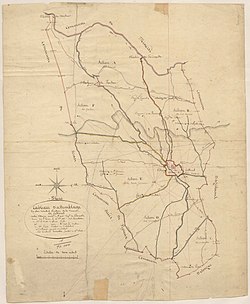
Middle Ages
- The first written mention of Cesseras dates back to 844, under the name Villa Censaradus, in a document by Charles the Bald (grandson of Charlemagne).
- From the 11th century onwards, Cesseras became a feudal lordship. A castle and a parish church, Saint-Géniès, were built there.
- During the Albigensian Crusade (1209-1229), the lord of Cesseras was accused of sympathizing with the Cathars and his property was confiscated by the Crown.
- In 1255, King Louis IX (Saint Louis) restored the seigneury to Raymond II Trencavel, an important figure in medieval Languedoc. It was in the seigneurial castle of Cesseras that the penultimate member of the Trenceval family is said to have died around 1263, after serving the King of France during the Seventh Crusade.
- Wars (particularly the Hundred Years’ War) severely damaged the village and its religious buildings.
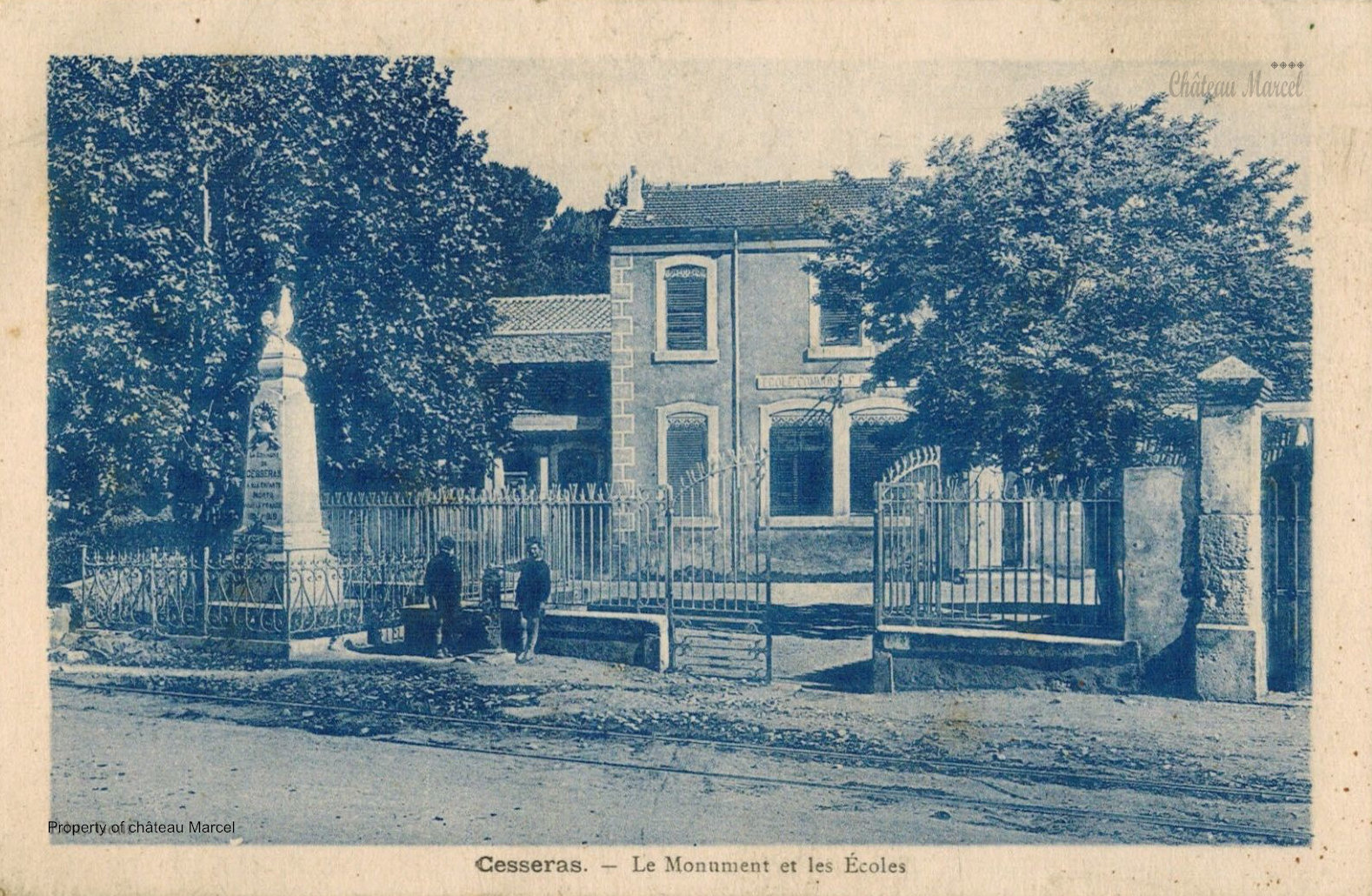
Modern times
- During the Wars of Religion (16th century), the Minervois region was the scene of clashes between Catholics and Protestants.
- In 1591, a battle took place between Cesseras and the neighboring village of Azillanet.
- In the 17th and 18th centuries, the seigneury passed successively between several noble families (Loubens, Seigneuret, etc.).
- Agricultural activity developed around wheat, olive oil, and especially wine..

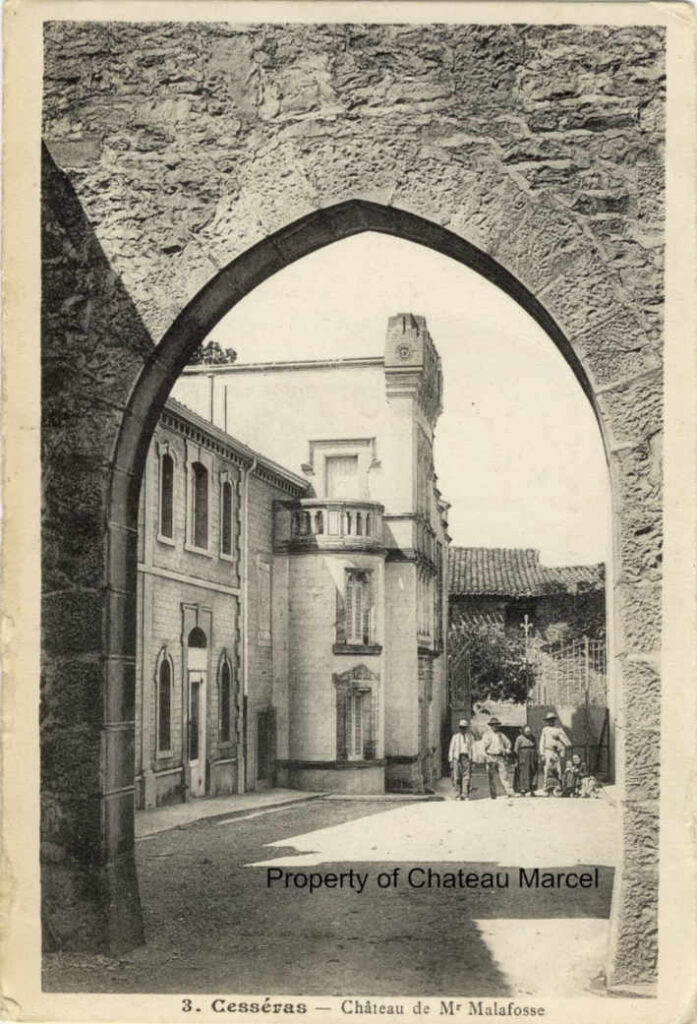
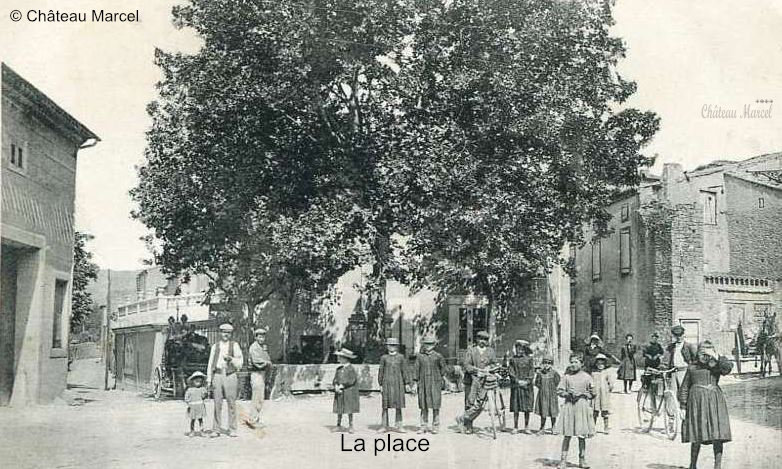
During the Hundred Years’ War (1337-1453), the village was ravaged by mercenaries, who destroyed the church of Saint-Geniès, among other buildings..

On October 25, 1591—during the Wars of Religion—a battle between Catholic and Protestant army units took place in the region of Cesseras and Azillanet.

Under the Ancien Régime, the church was dedicated to Saint Geniès and Notre-Dame de la Serre. There was an annex parish, Saint-Germain-de-Courbissac. Although mentioned in 1790, Saint-Germain was not established as a commune.

Contemporary period
- During the French Revolution, feudal structures were abolished. The lands and mills belonging to the lords were sold as national property.
- The village remained rural and focused on wine production. Minervois wine, produced in Cesseras, later obtained an appellation d’origine contrôlée (AOC) designation.
- Today, the village has around 400 inhabitants and lives mainly from rural tourism, wine production, and promoting its natural and historical heritage.
